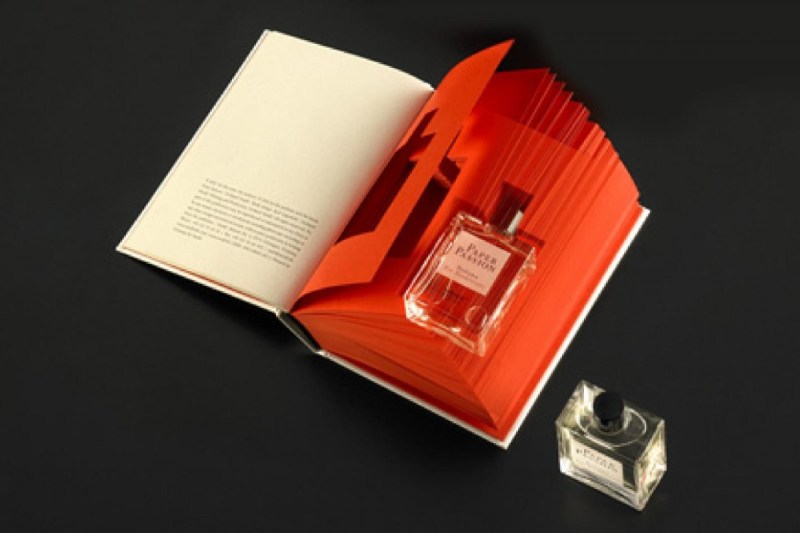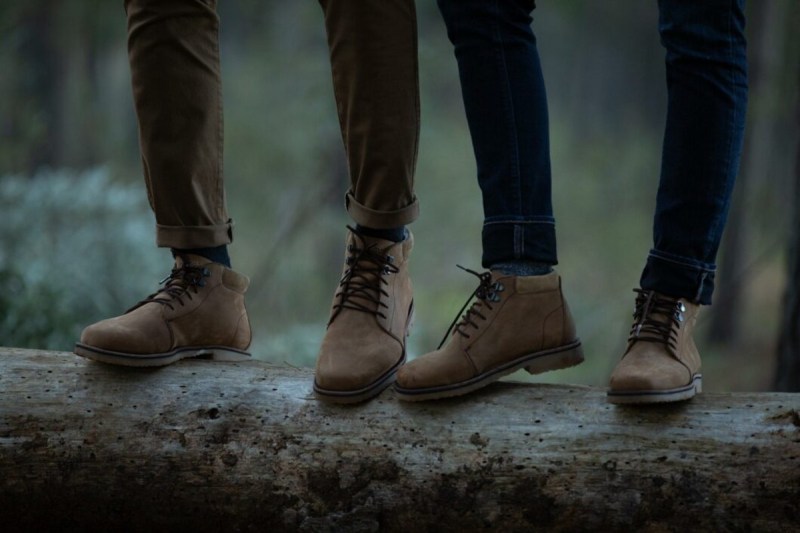We live in a global world, but that connection doesn’t always equate with homogeneity — even McDonald’s offers different products in different countries. We all may be looking to achieve livable lives, but that’s experienced in myriad ways. From bidets to body sprays, these are some of the best products and services outside the United States, which means you have to travel outside the U.S. to see or get your hands on them.
Transportation Via Bullet

Ever dream of speeding to San Francisco from L.A. at over 200 miles per hour, and arriving in just 3 hours by bullet train? It’s a wonderful vision, but one littered with bureaucratic bumps and bloated costs that have thwarted the project thus far. Too bad for the U.S., but in Asia and Europe, bullet trains are very much in vogue, cheaper, easier, and more energy-friendly than any of this country’s options.
According to the International Union of Railways (UIC), high-speed rail is eight times more energy-efficient than airplanes and four times more efficient than automobiles, helping to reduce greenhouse gas emissions and improve air quality.
In the past decade, Europe and Asia’s high-speed rail services have surged, with rail operators across the continents only speeding up. Already trains like the AGV Italo and Velaro E. Bombardier’s Frecciaross 1000 are aiming to blast away other continental high-speed options by blazing on tracks at over 150 mph.
In China and Korea, the trains race across the land, but Japanese Shinkansen (bullet) trains are maybe the fastest in the region. The Japanese rail network is extensive, reaching all the way from Hokkaido in the north to the island of Kyushu. With trains reaching a top speed of about 200 miles per hour, travelers have no trouble getting where they need in little time. These armed streaks will only get faster in the future.
Book-Flavored Cologne

Got a book-loving lady? Like to attract the literary type? Well, Paper Passion Perfume captures the unique bouquet of freshly printed books. Getting your hands on a bottle could prove difficult, however.
Designed by boutique perfumer Geza Schoen and collaborating with German-language publisher Steidl and Wallpaper magazine, the cologne expresses a recognizable mix of paper and ink — a new book’s unmistakable aroma. According to Steidl, Schoen spent days in the depths of its paper-filled headquarters in Göttingen, sifting through books, paper samples, and inks, to find fragrance inspiration.
Paper Passion Perfume is even hidden in a real book, located inside a secret, cutout compartment. In front are really readable texts on the pleasures of paper by Nobel Laureate Günter Grass, Karl Lagerfeld, and more. Steidl, unfortunately, is sold out of the €275 ($291) bottles, so you’ll have to find Paper Passion on the secondary market.
Shoes of African Leather

Voyagers heading to view Southern Africa’s wildlife on its wide veldt (grassland) are going to require proper footwear to tromp across the wild land. Luckily, there’s the veldskoen, or vellies, as they’re endearingly known to locals. A staple in many South African wardrobes, the shoe ranges from the traditional to the trendy, as epitomized by Sapmok shoes.
The kicks feature well-made leather, which, with the proper care, will wrap around feet like they were made for them. Trekkers can walk for miles in these durable hikers. Vellies are also versatile, matching with outfits from casual to formal, showing off a chic yet functional style. Sapmok is also dedicated to innovating for sustainability, as evidenced by its new vegan series.
Shoppers can pick up a pair from Sapmok either online or at their brick-and-mortar store in Menlopark, Pretoria. Shipping from South Africa, though, is not going to be easy on the pocketbook.
A Spirited Alternative

Quick: What is the third-most-consumed spirit in the world? Rum? Gin? Tequila? Aquavit? None of the above. Believe it or not, cachaça (pronounced kah-SHAH-sah) is the world’s third-most-popular spirit, according to research from Drinks International. The reason readers might not be aware of cachaça’s popularity is that 99% of the stuff never finds its way out of Brazil. With some 5,000 registered brands, 40,000 distilleries, and many more unregistered makers, there’s a lot of the stuff flowing out of South America’s largest country.
Cachaça is a distilled spirit made from sugarcane juice. It’s produced exclusively in Brazil and is often wrongly attributed as a type of rum. Cachaça is made from freshly pressed virgin sugarcane juice. Rum, on the other hand, is most often distilled from sugar by-products like molasses. Where rum is going to be sharper because of this processing, cachaça tends to have a fresher, more vegetal taste with a subtle fruity taste underneath.
The craft’s popularity is apparently rising, especially in the U.S. and Portugal. Drinks International’s poll indicates that more than three-quarters of bars stock a cachaça.
Toilets vs. Toilettes

Believe it, not all toilets are created equally, as we’ll see even more in the next post. Let’s begin, though, by comparing U.S. toilets and the facilities across the pond.
In America, toilet stalls feature mounted toilet paper dispensers for occupants to clean themselves once they’re finished. In Europe, toilet paper is an option for sanitation, but most occupants prefer to use the bidet to wash their backsides. Operated by a button, bidets feature a water spout that sprays when its tenant is in on the throne, cutting down paper usage and dirty fingers.
As for the urinals, newer American bathrooms usually contain rows divided by privacy partitions. European bathrooms, which are often older, go with the trough system that can accommodate several occupants at once.
In contrast to troughs, European stalls tend to feature much more privacy. American partitions tend to leave feet and tops exposed with cracks in the doors. European toilets, on the other hand, offer entire enclosed stalls. This trend is starting to catch on in the States, so watch for it down the road.
Japanese Toilets

There are subtle differences between U.S. and European toilets. Japan, however, is in a different universe altogether. It’s quite possibly Shangri-La for backsides.
Japanese toilets are typically smart toilets with built-in smart tech. How do you interact with a toilet? Glad you asked. With a press of an attached or remote button, users can flush, spray, and air dry. There are also options for deodorizing, self-cleaning, night lights, and heated seats. Heated seats! Imagine how much easier winters are in Japan…
A Big Cat Body Spray

Oh, to travel back into memories of locker rooms oversaturated with Axe Body Spray. Everyone knows there’s no better way to make women find you irresistible than to smell just like middle school. In Australia, you can flex those pheromones under a different name (albeit with the same corporate overlord).
Axe dawn’ undah’ is known as Lynx, the body spray that’s guaranteed not to smell like cat pheromones (probably). Lynx actually occupies the entire British world. Made by Unilever, it’s the same product as Axe, just under a different name. Originally released as Axe in France in 1983, the name was protected by trademark when Unilever began selling the product in England, Ireland, Australia, and New Zealand. Hence, the switch to Lynx.
Best of all? Australia offers a Marmite-scented bottle. So if you’re looking for that undeniable allure of yeasty salt in the Rite Aid deodorant aisle in the Land Beneath, keep your eye out for Lynx.
These are just a few of the many, many things that differ once people step outside of the U.S. border. Some are better and some are worse, but they’re all part of the adventure. There’s a big world out there, and life gets more interesting the more you’re exposed to it.



